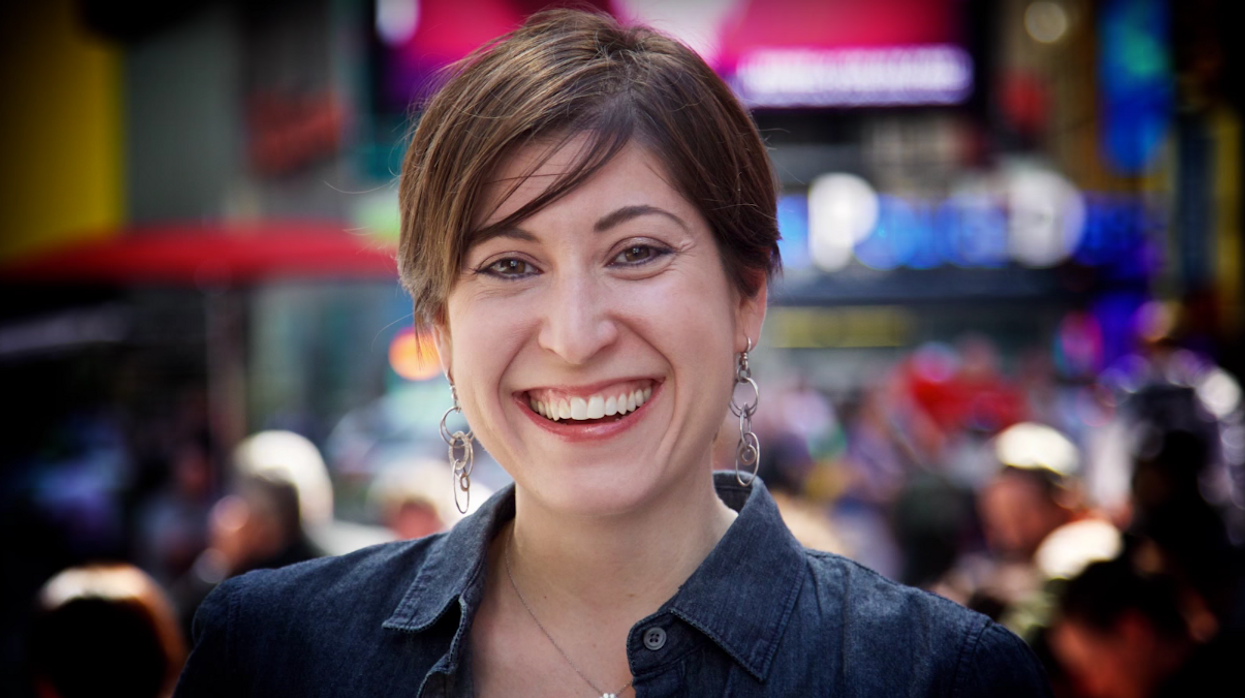3 Ways to Overcome Bad Lighting Without Using Any Lighting Tools
When it comes to lighting, shooting outdoors is one of the more challenging situations—especially if you don't have lights or modifiers on hand.

The sun is one of the more difficult lights to use to light a scene, and though there are many ways to control it, you're going to need a few extra tools to pull it off. But what if you don't have any? What if all you've got is your camera and your subjects? Well, photographer David Bergman gives some great tips on getting better results when shooting outside if all you've got is your camera and your subjects.
Even though his tips are more for photographers shooting portraits, these tips are valuable for filmmakers as well. His advice, like shooting in shadows and using the sun as a backlight, is pretty remedial, but certainly crucial to understand if you're just starting out.
But one of the more important concepts Bergman mentions is reading light and learning how to work with it instead of against it. This is especially true when you're shooting in an uncontrolled environment. If you're shooting in a studio, you're able to really shape the light however you want (if you have the lighting equipment to do so), but places like public buildings, city streets (at night), or outdoors make lighting your scene all the more challenging.
Light modifiers, like reflectors, umbrellas, or even a huge white sheet, can help you shape natural light a little better, but if you don't have any of these things—maybe you left your lighting kit at home or maybe they all burned up in a fire hours before your shoot (because you should absolutely have some light modifiers on hand if you're making a movie)—Bergman's tips are extremely helpful.
Learn to use the sun as the kind of light source you need. Many times you can use it as a key, but if it's noon on a bright, sunny day, you'll get better results (more evenly lit, softer shadows) if you use it as a backlight. Putting your subjects in the shade also helps even out the lighting so the shadows aren't as harsh. And the final tip, which doesn't have as much to do with lighting as it does composition, keep an eye on your background. Yes, a viewer's eyes are immediately drawn to the brightest part of a frame, and you've got to be intentional on what that part is, but also, backgrounds have to be composed with as much care and attention as every other plane of your frame.
What are some other tips you have for shooting in not so ideal lighting situations? Let us know in the comments below!
Source: Adorama












